When it comes to managing your mortgage, understanding the tools available to you can make a significant difference in how much interest you pay over the life of your loan. Two popular features that can help you reduce your mortgage interest and pay off your home loan faster are the redraw facility and the offset account. While they both offer benefits, they work in different ways. Here’s what you need to know about redraw vs offset, and how to choose the right option for your situation.
What is a Redraw Facility?
A redraw facility allows you to make extra repayments on your home loan and then access those additional funds if needed. For example, if your regular mortgage repayment is $2,000 per month, and you pay $2,500, the extra $500 goes into your redraw facility. You can then withdraw this extra money in the future for expenses like renovations, emergencies, or even holidays.
Pros of a Redraw Facility:
- Interest Savings: Every extra dollar you pay into your home loan reduces the principal amount, which decreases the interest you pay.
- Flexibility: You can access the extra repayments you’ve made when you need them, providing financial flexibility.
- Discipline: Since accessing the funds may require contacting the lender and could take a few days, it can discourage impulsive spending.
Cons of a Redraw Facility:
- Withdrawal Limits: Some lenders may set limits on how much and how often you can withdraw from your redraw facility.
- Fees: Depending on your loan agreement, there could be fees associated with using the redraw facility.
- Account Restrictions: Redraw facilities might not be available with all types of home loans, particularly fixed-rate loans.
What is an Offset Account?
An offset account is a transactional bank account linked to your mortgage. The balance in your offset account reduces the amount of your home loan on which interest is calculated. For instance, if you have a $400,000 mortgage and $50,000 in your offset account, interest is only charged on $350,000.
Pros of an Offset Account:
- Interest Savings: Like the redraw facility, the more money you have in your offset account, the less interest you pay on your home loan.
- Easy Access: An offset account functions like a regular bank account, so you can deposit or withdraw money as needed without restrictions or delays.
- Tax Efficiency: Money in an offset account doesn’t earn interest, so you won’t have to pay tax on it. Instead, it reduces the interest on your home loan, which can be a more tax-efficient way to manage your money.
- Full Offset Potential: Some accounts offer a full offset, meaning 100% of the account balance offsets the mortgage balance.
Cons of an Offset Account:
- No Interest Earned: The money in your offset account doesn’t earn interest, which might be a disadvantage if interest rates on savings accounts are high.
- Account Fees: Offset accounts can come with higher fees compared to standard transaction accounts, so it’s important to compare costs.
- Discipline Required: Since an offset account offers easy access to your funds, it may require more discipline to avoid spending the money, which could reduce the interest-saving benefits.
Key Differences Between Redraw and Offset
While both redraw facilities and offset accounts help reduce the interest on your mortgage, they differ in how they operate and how accessible the extra funds are.
- Accessibility: Funds in an offset account are easily accessible through ATMs, EFTPOS, or online banking, just like a regular transaction account. Redraw facilities, however, may require a formal request to the lender to access funds, which can take more time and may come with limits on withdrawals.
- Interest Calculation: With a redraw facility, interest is calculated based on the outstanding loan balance after accounting for extra repayments. With an offset account, interest is calculated based on the loan balance minus the balance in the offset account.
- Account Management: An offset account is separate from your mortgage, functioning as a regular bank account. A redraw facility is part of your home loan, and any extra repayments you make directly reduce the loan principal.
Which Option is Best for You?
Choosing between a redraw facility and an offset account depends on your financial goals and spending habits.
- Redraw Facility: This option may be better if you prefer making extra repayments to reduce your mortgage and are less concerned with having immediate access to those funds. It’s also ideal if you want to build a financial buffer for future use but are not likely to need the funds frequently.
- Offset Account: An offset account might be better suited if you have substantial savings or regular cash flow that you want to use to reduce your mortgage interest while still maintaining easy access to your money. It’s particularly useful for those who want the flexibility to use their savings for other investments or expenses without the formalities associated with a redraw.
Final Thoughts
Both redraw facilities and offset accounts offer valuable benefits for homeowners looking to save on mortgage interest and pay off their loans faster. Your choice should align with your financial habits, need for accessibility, and long-term goals. Consulting with a mortgage broker or financial advisor can help you determine which option is best for your individual circumstances.

